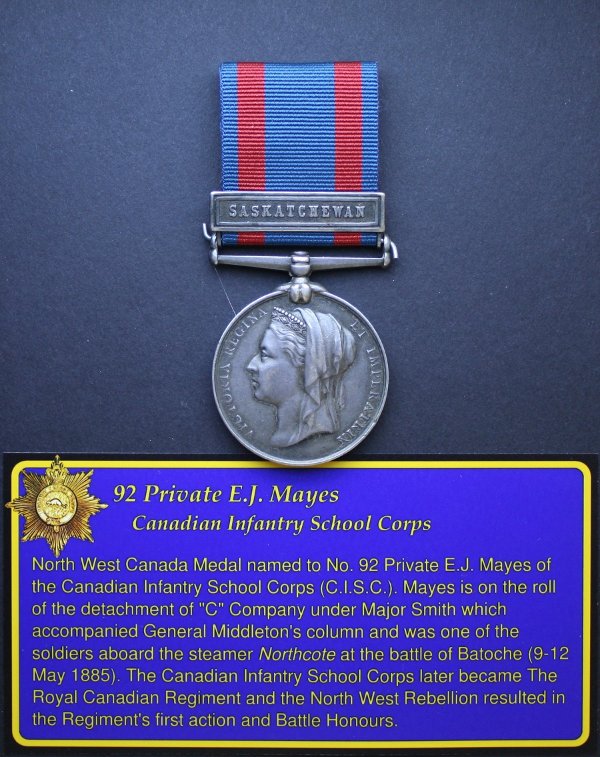Topic: Medals
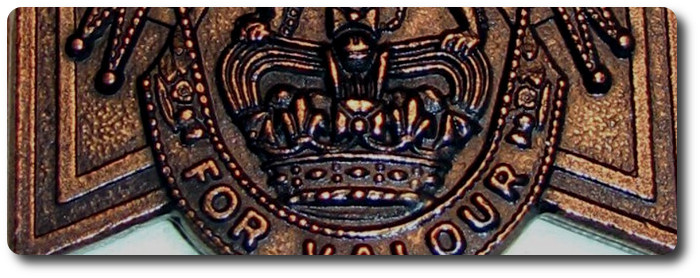
The VC Centenary
Canadian Army Journal, Vol 10, No 4, Oct 1956
Written Specially for the Journal by Captain J. H. Golding, Public Relations Officer, Canadian Army Liaison Establishment, London, England
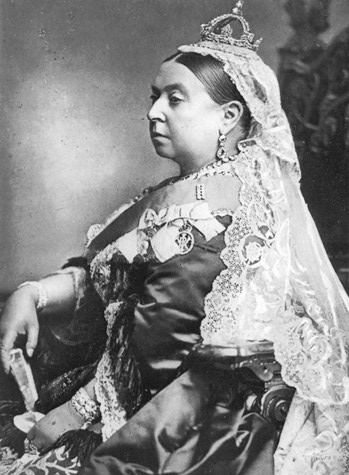 Early in the Crimean War, Queen Victoria wrote: "I regret exceedingly not to be a man and be able to fight." On January 29, 1856, Queen Victoria approved a warrant for a new decoration to be called the Victoria Cross—which could only be won by conspicuous bravery or devotion to the country in the presence of the enemy. From that day, the decoration became the most sought-after and it took precedence over all other orders and decorations. It ranks before the Order of the Garter which is some 600 years old. In Hyde Park, London, on June 26, 1856, the first presentation of the new medal was made when a representative parade of 9000 of the Armed Services, 7000 guests and hundreds of thousands of onlookers paid tribute while the Queen presented 61 Victoria Crosses. She was dressed as a Field Marshal and leaned from her horse to pin each medal on the left breast of the 61 heroes. One hundred years later, her great-great-granddaughter, Queen Elizabeth II, reviewed 300 living holders of the Victoria Cross from many parts of the world. There were 36 from Canada, the oldest being 85-year-old Lieut.-General Sir Richard Turner, VC, KCB, KCMG, DSO, VD, of Quebec, leader of the Canadian VC party, who won his medal in the Boer War. A total of 1347 Victoria Crosses has been awarded since 1856: 118 to the Royal Navy, 867 to the Army, 31 to the RAF and 331 to the Commonwealth and Colonies. Today, anyone serving with the Commonwealth Forces, regardless of nationality, and whether a civilian or a member of the services, is eligible for the award. A VC has never been awarded to a woman. The Victoria Cross is fashioned from the bronze barrels of Russian guns captured at Sevastapol during the Crimean War. Supplies of the Russian bronze are unlikely to run out, since the award is rarely bestowed and scores of the massive guns are in museums. VC's are collectors' items, and it is said that while winning one is difficult, forfeiting one is impossible. Before the reign of George V, eight VC winners lost their medals for various contraventions of the law. But George V ruled that it was never to be taken from a winner—in fact, he could wear it on the gallows. A London publication noted: "The VC has been won by an American in The Canadian Army (Metcalfe), a Russian-born Canadian soldier (Konowal), a Dane serving with The Black Watch of Canada (Dinesen) and a German serving with the British in The Crimean War." Three men have won the Victoria Cross twice. Only one is living. He is Captain Upham of the New Zealand Military Forces. The other two were Captain Martin-Leake and Captain Chevasse of the Royal Army Medical Corps. While five padres wore VC's during the centenary celebrations, two assumed Holy Orders after the War, so that one of the three who won the medal as a chaplain was Major John Weir Foote, Minister of Reform Institutions, Ontario Government, Toronto.
Early in the Crimean War, Queen Victoria wrote: "I regret exceedingly not to be a man and be able to fight." On January 29, 1856, Queen Victoria approved a warrant for a new decoration to be called the Victoria Cross—which could only be won by conspicuous bravery or devotion to the country in the presence of the enemy. From that day, the decoration became the most sought-after and it took precedence over all other orders and decorations. It ranks before the Order of the Garter which is some 600 years old. In Hyde Park, London, on June 26, 1856, the first presentation of the new medal was made when a representative parade of 9000 of the Armed Services, 7000 guests and hundreds of thousands of onlookers paid tribute while the Queen presented 61 Victoria Crosses. She was dressed as a Field Marshal and leaned from her horse to pin each medal on the left breast of the 61 heroes. One hundred years later, her great-great-granddaughter, Queen Elizabeth II, reviewed 300 living holders of the Victoria Cross from many parts of the world. There were 36 from Canada, the oldest being 85-year-old Lieut.-General Sir Richard Turner, VC, KCB, KCMG, DSO, VD, of Quebec, leader of the Canadian VC party, who won his medal in the Boer War. A total of 1347 Victoria Crosses has been awarded since 1856: 118 to the Royal Navy, 867 to the Army, 31 to the RAF and 331 to the Commonwealth and Colonies. Today, anyone serving with the Commonwealth Forces, regardless of nationality, and whether a civilian or a member of the services, is eligible for the award. A VC has never been awarded to a woman. The Victoria Cross is fashioned from the bronze barrels of Russian guns captured at Sevastapol during the Crimean War. Supplies of the Russian bronze are unlikely to run out, since the award is rarely bestowed and scores of the massive guns are in museums. VC's are collectors' items, and it is said that while winning one is difficult, forfeiting one is impossible. Before the reign of George V, eight VC winners lost their medals for various contraventions of the law. But George V ruled that it was never to be taken from a winner—in fact, he could wear it on the gallows. A London publication noted: "The VC has been won by an American in The Canadian Army (Metcalfe), a Russian-born Canadian soldier (Konowal), a Dane serving with The Black Watch of Canada (Dinesen) and a German serving with the British in The Crimean War." Three men have won the Victoria Cross twice. Only one is living. He is Captain Upham of the New Zealand Military Forces. The other two were Captain Martin-Leake and Captain Chevasse of the Royal Army Medical Corps. While five padres wore VC's during the centenary celebrations, two assumed Holy Orders after the War, so that one of the three who won the medal as a chaplain was Major John Weir Foote, Minister of Reform Institutions, Ontario Government, Toronto.
Medal for Valour
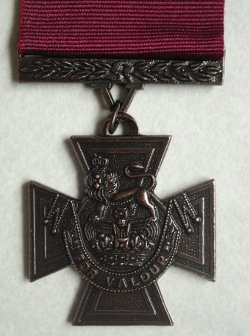 In the Hyde Park parade of June 26, 1956, The Queen, The Duke of Edinburgh, The Queen Mother, Princess Margaret and other members of The Royal Family stood on a canopied dais from which Her Majesty took the salute of the gallant 300 who marched as though they had been marching regularly. Those who could not walk were wheeled past the reviewing stand by soldiers of their own corps. There were 36 VC's from Canada and 98 wives and representatives of dead VC's. Australia produced 39 VC's and 111 relatives. From New Zealand came 12 VC's and 120 relatives. India was represented by 11 VC's, South Africa by six, Pakistan by two. There were three Ghurkas and others from Tanganyika, Cyprus and Fiji. The largest contingent, consisting of nearly 200 VC's and more than 700 relatives, naturally, came from The United Kingdom. Lord Freyberg, VC, commanded the parade. The Department of Veterans Affairs organized the Canadian VC party and after six months of arduous work had various groups from many parts of Canada ready to sail or fly to Britain. On the United Kingdom side of the Atlantic, Mr. Fred Jacques, Ottawa, conducting official of the main group, was assisted by the DVA Chief in London, Lieut.-Colonel Allan Chambers, Major Fred Clarke, also of DVA, and Captain Dugal Martin, Canadian Provost Corps, Canadian Army Liaison Establishment, London. A generous programme had been arranged by Whitehall and was executed with typical British thoroughness and that extraordinary flair the English have for dignified pageantry.
In the Hyde Park parade of June 26, 1956, The Queen, The Duke of Edinburgh, The Queen Mother, Princess Margaret and other members of The Royal Family stood on a canopied dais from which Her Majesty took the salute of the gallant 300 who marched as though they had been marching regularly. Those who could not walk were wheeled past the reviewing stand by soldiers of their own corps. There were 36 VC's from Canada and 98 wives and representatives of dead VC's. Australia produced 39 VC's and 111 relatives. From New Zealand came 12 VC's and 120 relatives. India was represented by 11 VC's, South Africa by six, Pakistan by two. There were three Ghurkas and others from Tanganyika, Cyprus and Fiji. The largest contingent, consisting of nearly 200 VC's and more than 700 relatives, naturally, came from The United Kingdom. Lord Freyberg, VC, commanded the parade. The Department of Veterans Affairs organized the Canadian VC party and after six months of arduous work had various groups from many parts of Canada ready to sail or fly to Britain. On the United Kingdom side of the Atlantic, Mr. Fred Jacques, Ottawa, conducting official of the main group, was assisted by the DVA Chief in London, Lieut.-Colonel Allan Chambers, Major Fred Clarke, also of DVA, and Captain Dugal Martin, Canadian Provost Corps, Canadian Army Liaison Establishment, London. A generous programme had been arranged by Whitehall and was executed with typical British thoroughness and that extraordinary flair the English have for dignified pageantry.
At 3 p.m. on June 25 there was a Service of Commemoration in Westminster Abbey when His Grace the Archbishop of Canterbury delivered an address. It was the quintessence of solemnity and launched a week of tribute to those recognized as the bravest servicemen in the Commonwealth. Following the Abbey service a tea party was given at the House of Commons by Sir Alfred Bossom, Bt., MP, on behalf of The Royal Society of St. George at which the VC's met members of the British Cabinet and members of Parliament. The big day, however, was Tuesday, June 26, when the grand review was held in Hyde Park. The VC's gathered in the forecourt of Wellington Barracks opposite Buckingham Palace. It was a glorious day with sun washing the newly-painted buildings which momentarily house The 1st Battalion, The Scots Guards. Asiatics came in uniform and national dress. The British wore uniform and bowlers—to a man. Canadians wore western-style summer clothing with the occasional ten-gallon hat offering contrast to the conservative bowler. They formed a colourful group. Hyde Park was a magnificent sight with the services on parade and the royal dais regally filled. Thousands of official guests sat in stands and the perimeter of the park, within sight, was jammed with eager Londoners and tourists. The sun was broiling but not a VC faltered—even the men who were wheeled past the Queen. The bands played. Hymns were sung. The radiant young Queen was most moving in her remarks, and she spoke to many of the heroes. After Her Majesty had moved off, the bands broke the noon air with martial music and the parade marched off the greensward with verve. Queen Victoria would have been extremely proud. That afternoon The Queen Mother was hostess at a garden party in the grounds of Marlborough House, former home of Queen Mary, to which the entire group of VC's and relatives was invited. The Queen Mother, accompanied by The Princess Royal and The Duke and Duchess of Gloucester, moved among the guests with grace and warmth. Among those in her entourage were Earl, The Lord Mountbatten of Burma, and Countess Mountbatten, Anthony Head, the Minister for War, and General Sir Gerald Templar, Chief of The Imperial General Staff. The following day the VC party was taken to Windsor Castle to visit the State Apartments, followed by tea in St. George's Hall. That evening they were guests of The Lord Mayor of London when Aldermen and host were in ceremonial robes and moved among the guests to welcome them to London officially.
On Thursday, June 28, there was a Solemn High Mass in Westminster Cathedral at which His Eminence, Cardinal Griffin, presided. In the afternoon, The High Commissioner for Canada in the United Kingdom and his wife, Mr. and Mrs. Norman A. Robertson, held a reception in Canada House on Trafalgar Square. Among the distinguished guests was Prime Minister St. Laurent, in London attending the Commonwealth Prime Ministers' Conference, and Minister for External Affairs, the Honourable Lester B. Pearson. The same evening the British Empire Service League held a reception for the VC party at Church House.
On Friday, June 29, the VC's were guests of the Canadian joint Staff at the London Headquarters of the Royal Canadian Navy, Canadian Army, Royal Canadian Air Force and Defence Research. The host for the occasion was Air Vice Marshal D. M. Smith, Chairman, Canadian joint Staff. Assisting him were Captain Ralph Hennessey, RCN, representing Commodore J. V. Brock, Naval Member; Brigadier J. E. C. Pangman, Army Member, Air Commodore Dwight Ross, Air Member, and Mr. E. L. Davies, Chief of Defence Research, and their officers. On July 1, Canada Day, the Canadian VC party went to Brookwood Cemetery near Woking to attend the annual memorial service for the several thousand Canadian dead buried there. On July 2, 24 of the VC's were special guests at a dinner of the Canada Club at the Savoy Hotel. Brigadier the Honourable Milton Gregg, VC, Minister of Labour in the Canadian Government, was guest of honour and he spoke optimistically of Canada and her future. So ended, officially, a strenuous whirl of official engagements which formed the salute to The Centenary of the Victoria Cross. Britain had done handsomely by her gallant guests. It was the first time that living VC holders had met together in one place.


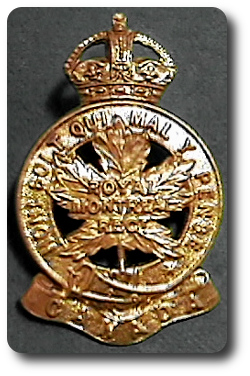 Every Soldier has a Story: Hercul Bureau
Every Soldier has a Story: Hercul Bureau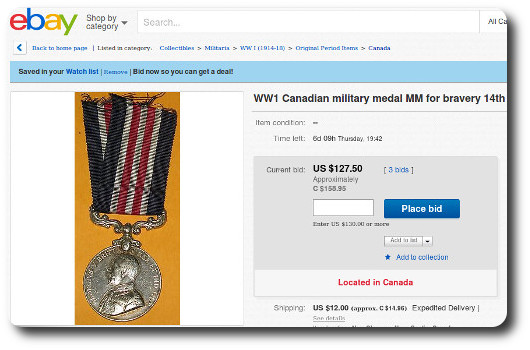
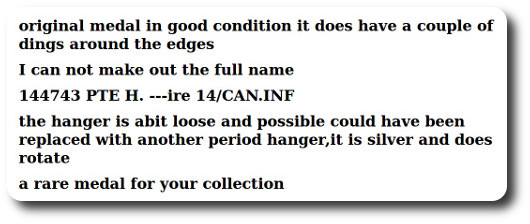
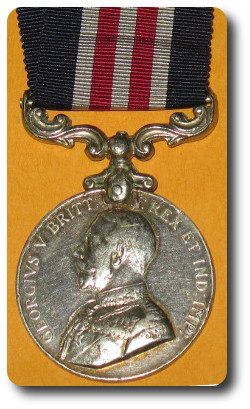 But Hercul's performance was clearly not always such to keep him in the Sergeant Major's crap list. On 7 November, 1917, the entry was made in his service record that he had been awarded the Military medal in the field. Private Hercul Bureau was not just the recipient of the Military Medal, he was actually awarded the Military Medal and Bar, which means he was decorated twice for bravery, each time being the deserving recipient of the Military Medal. The Bar to his Military Medal was recorded in his service record on 26 August 1919, catching up to him long after the end of the War as the backlog of paperwork and recommendations for awards were being cleared away.
But Hercul's performance was clearly not always such to keep him in the Sergeant Major's crap list. On 7 November, 1917, the entry was made in his service record that he had been awarded the Military medal in the field. Private Hercul Bureau was not just the recipient of the Military Medal, he was actually awarded the Military Medal and Bar, which means he was decorated twice for bravery, each time being the deserving recipient of the Military Medal. The Bar to his Military Medal was recorded in his service record on 26 August 1919, catching up to him long after the end of the War as the backlog of paperwork and recommendations for awards were being cleared away.
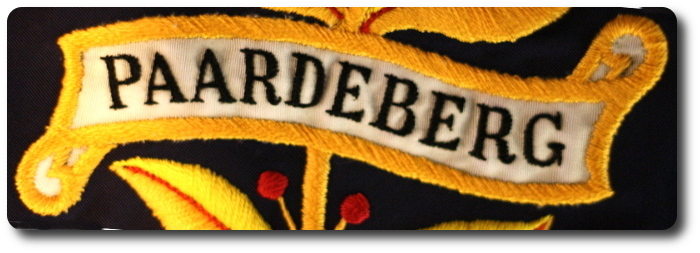
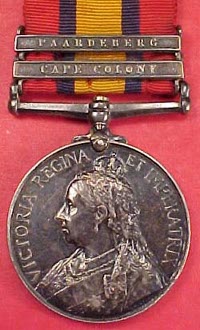 In connection with the army order issued by the War Office on April 2, confirming the order of
In connection with the army order issued by the War Office on April 2, confirming the order of 
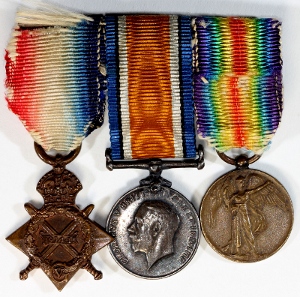 It's easy to be critical of someone else's actions. Offering criticism, either directly or by "innocently" suggesting what "should" be done, costs nothing. One doesn't have to open their wallet to offer criticism. One doesn't have to do anything to offer criticism. Yet by offering such remarks, they portray themselves as speaking from a position of moral superiority, their beliefs being reinforced by comments of agreement from others.
It's easy to be critical of someone else's actions. Offering criticism, either directly or by "innocently" suggesting what "should" be done, costs nothing. One doesn't have to open their wallet to offer criticism. One doesn't have to do anything to offer criticism. Yet by offering such remarks, they portray themselves as speaking from a position of moral superiority, their beliefs being reinforced by comments of agreement from others.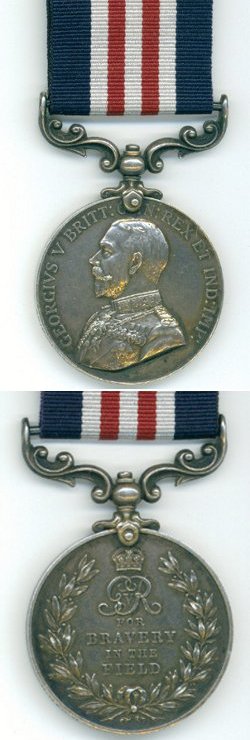 In commenting on this view, I added:
In commenting on this view, I added:












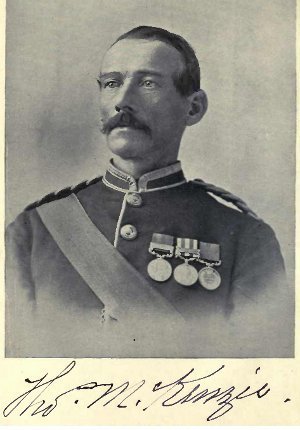 Sir—In the Fredericton Farmer of a late date there was published an item headed "Hero and Pauper," relating to
Sir—In the Fredericton Farmer of a late date there was published an item headed "Hero and Pauper," relating to 

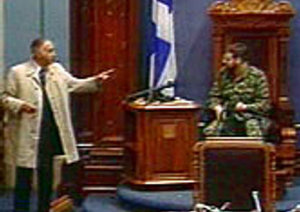
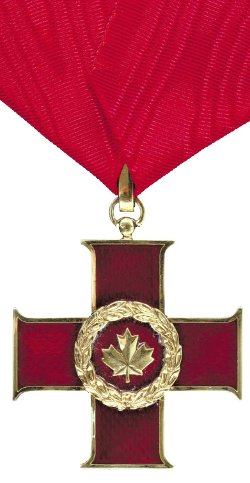 Canadian Bravery Decorations
Canadian Bravery Decorations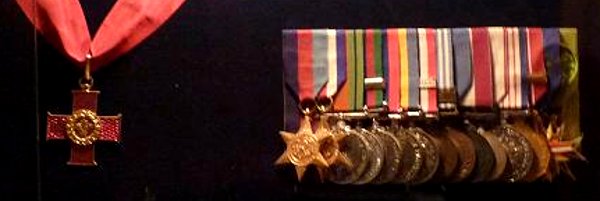
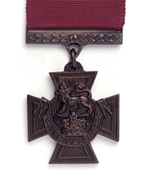 Lord Ashcroft's VCs
Lord Ashcroft's VCs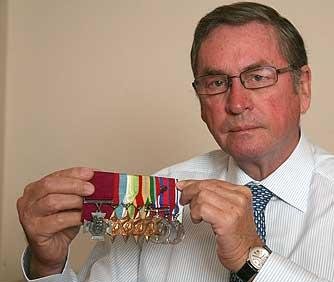 Follow Lord Ashcroft on Twitter
Follow Lord Ashcroft on Twitter
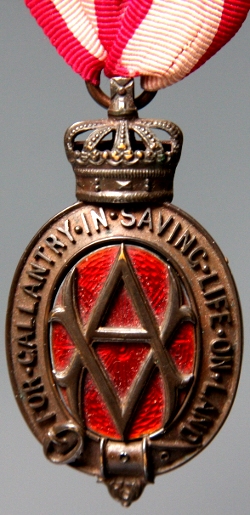 The Albert Medal was authorized by her Majesty Queen Victoria on 12 March, 1866, and
The Albert Medal was authorized by her Majesty Queen Victoria on 12 March, 1866, and 
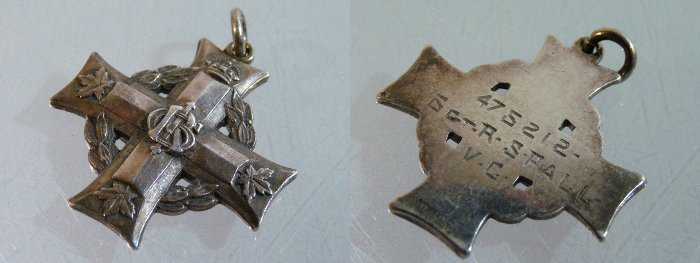
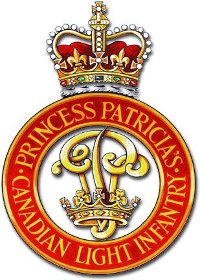
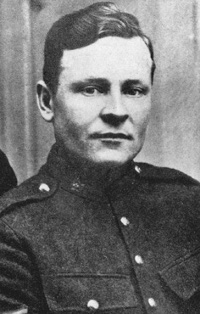
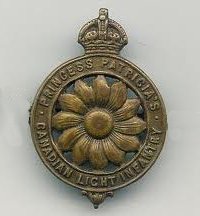

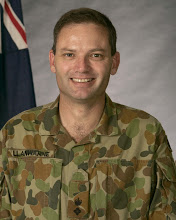 In Australian there is a gentleman,
In Australian there is a gentleman,  On a popular
On a popular 
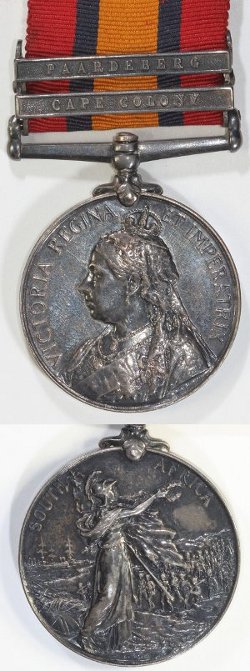 There always seems to be someone ready to denigrate the collector of military medals. "Profiting off their honour," they'll say, or "dishonouring the heroes." Sometimes, it's snide remarks inferring that the medals held by collectors must have been received via nefarious means, either stolen from families or swindled from poor widows. Collectors have even been called the "
There always seems to be someone ready to denigrate the collector of military medals. "Profiting off their honour," they'll say, or "dishonouring the heroes." Sometimes, it's snide remarks inferring that the medals held by collectors must have been received via nefarious means, either stolen from families or swindled from poor widows. Collectors have even been called the "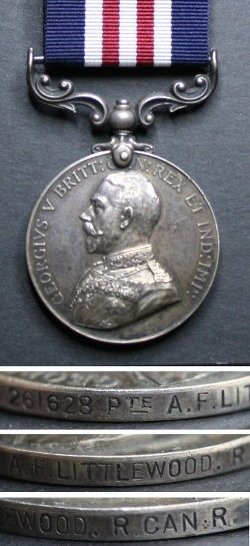 "Ban the sale of medals!" is an occasionally heard rally cry, one sometimes taken up by politicians seeking favour with constituents who might support such a measure. But this argument also is seldom fully developed; emotional cries for change seldom are. Should medals cease to be personal property, returned to the Crown on the death of the recipient? Would that not also prevent them passing to direct descendants? Or should families be required to register and retain them, releasing them only back to the Government to be held in an approved repository like a museum? How would we track such things, with a medal registry? What would we do with current collectors, seize their collections or grandfather them without allowance to resell ever?
"Ban the sale of medals!" is an occasionally heard rally cry, one sometimes taken up by politicians seeking favour with constituents who might support such a measure. But this argument also is seldom fully developed; emotional cries for change seldom are. Should medals cease to be personal property, returned to the Crown on the death of the recipient? Would that not also prevent them passing to direct descendants? Or should families be required to register and retain them, releasing them only back to the Government to be held in an approved repository like a museum? How would we track such things, with a medal registry? What would we do with current collectors, seize their collections or grandfather them without allowance to resell ever?  While some collectors may hoard and keep secret their collections and the research they have gathered, often it is because they have found that tactic protects them from the very accusations identified above. But in this increasingly connected world, more collectors are speaking out and sharing the knowledge they have about individual recipients, about the units and battles they have researched, and about the techniques they use both to find information and to preserve and display their collections.
While some collectors may hoard and keep secret their collections and the research they have gathered, often it is because they have found that tactic protects them from the very accusations identified above. But in this increasingly connected world, more collectors are speaking out and sharing the knowledge they have about individual recipients, about the units and battles they have researched, and about the techniques they use both to find information and to preserve and display their collections. 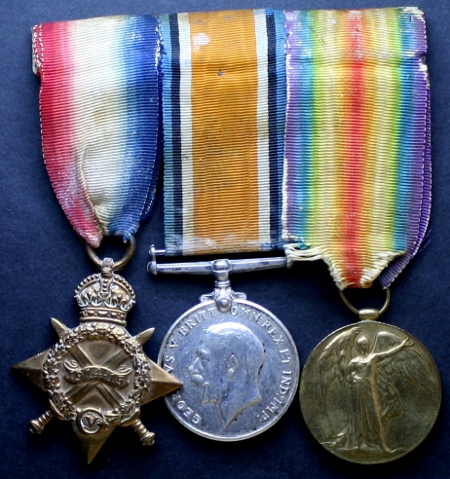
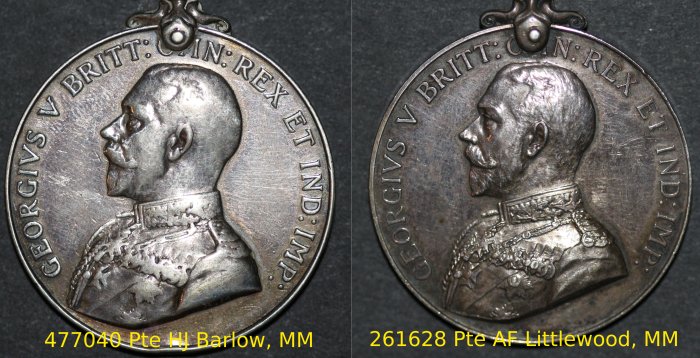

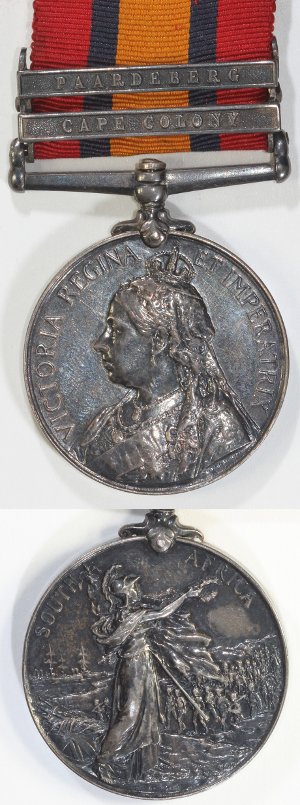 The
The 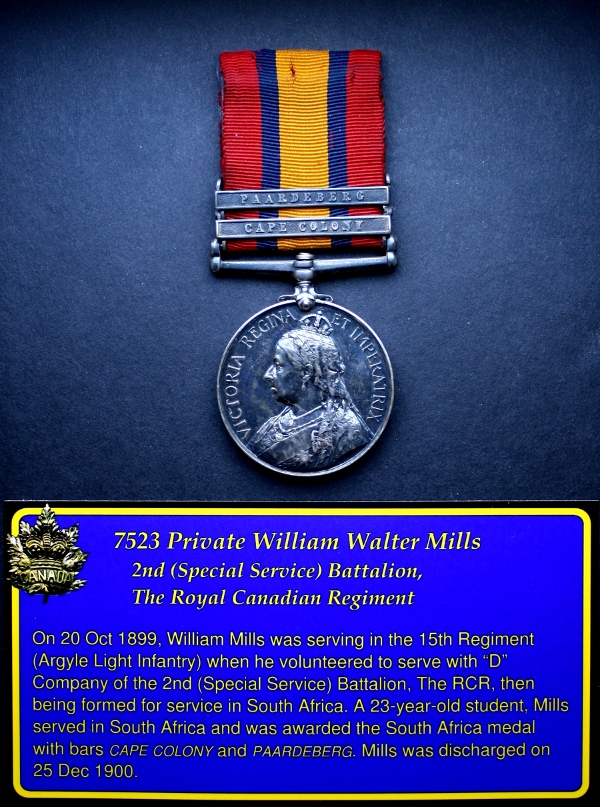
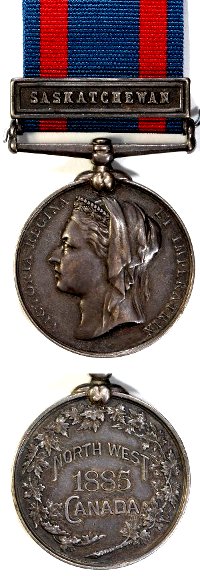 Militia General Orders
Militia General Orders